Dr. Jason Williams discusses his decision to administer follistatin gene therapy, a myostatin inhibitor, to himself in 2015.
Visit Integrated Health Systems to learn more about follistatin gene therapy.
Dr. Jason Williams discusses his decision to administer follistatin gene therapy, a myostatin inhibitor, to himself in 2015.
Visit Integrated Health Systems to learn more about follistatin gene therapy.

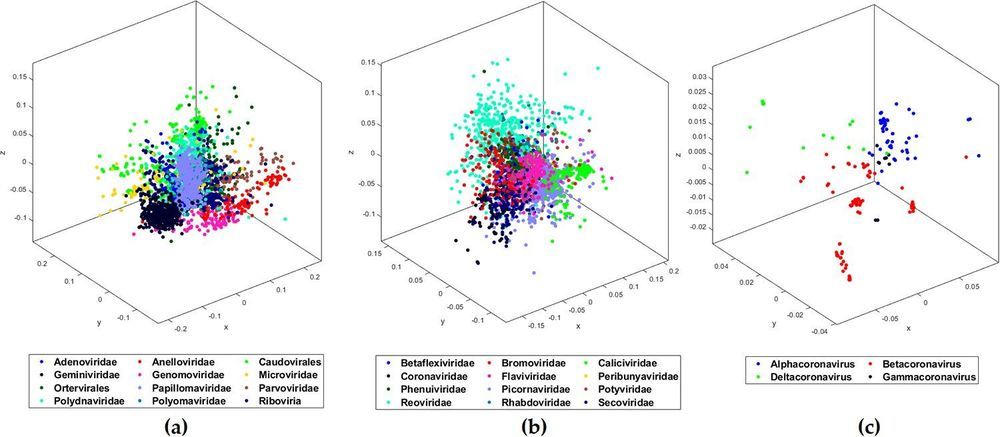
Using machine learning, a team of Western computer scientists and biologists have identified an underlying genomic signature for 29 different COVID-19 DNA sequences.
This new data discovery tool will allow researchers to quickly and easily classify a deadly virus like COVID-19 in just minutes—a process and pace of high importance for strategic planning and mobilizing medical needs during a pandemic.
The study also supports the scientific hypothesis that COVID-19 (SARS-CoV-2) has its origin in bats as Sarbecovirus, a subgroup of Betacoronavirus.
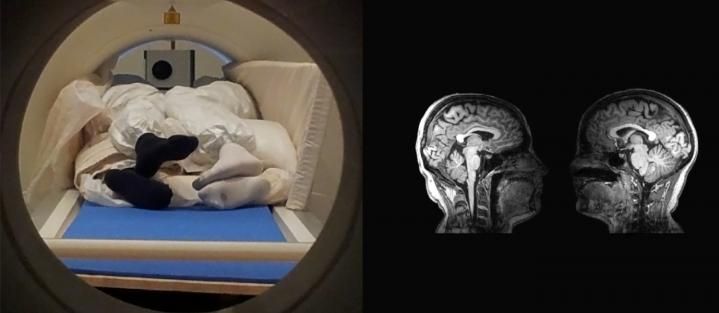
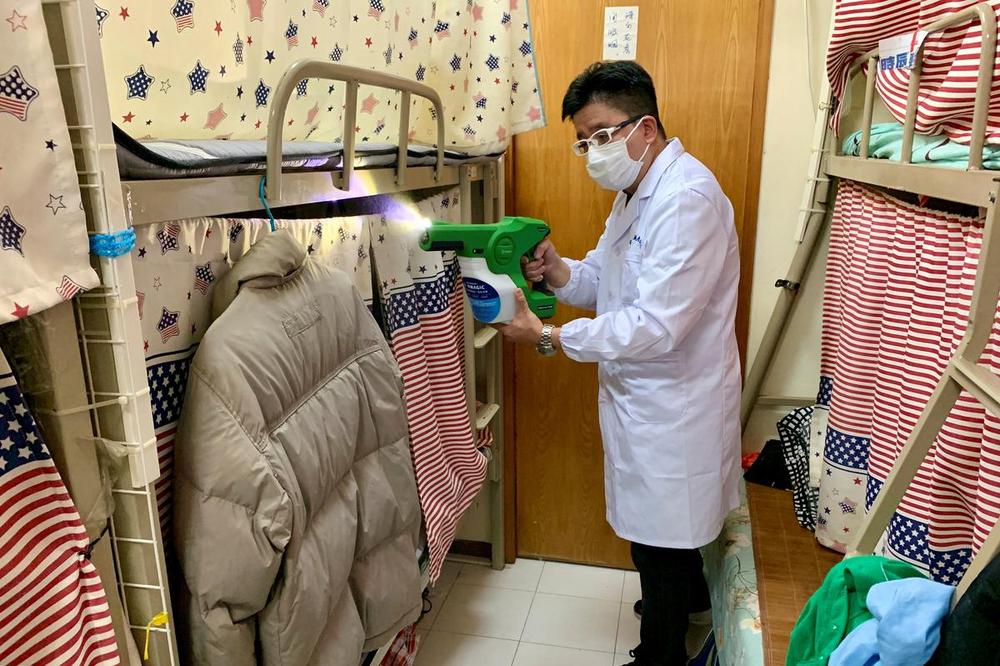
HONG KONG (Reuters) — Researchers at a Hong Kong university say they have developed an antiviral coating which could provide 90 days of “significant” protection against bacteria and viruses such as the one causing COVID-19.
The coating, called MAP-1, took 10 years to develop and can be sprayed on surfaces that are frequently used by the public, such as elevator buttons and handrails, researchers at the Hong Kong University of Science and Technology (HKUST) say.
“These places are frequently touched, and, at the same time, serve as a very effective medium for transmission of diseases,” said HKUST Adjunct Professor Joseph Kwan, one of the chief researchers in the team that developed the product.

The DRC was on the verge of declaring an end to the epidemic on Monday 13 April.
But a new case was declared by the authorities on Friday 10 April.
In total, the Ebola haemorrhagic fever epidemic has killed 2,279 people in 3,461 cases (3,316 confirmed and 145 probable) since it was officially declared on 1 August 2018.

A group of researchers has demonstrated that treatment with NMN, a precursor of NAD+, restores neurovascular coupling (NVC) in aged mice [1]. Since NVC deficiency seems to be a major factor in the age-related decline of cognitive and motor functions, this discovery presents exciting new possibilities for longevity research.
Neurovascular coupling
While the human brain is the evolutionary advantage that brought us to where we are today, operating this machine requires considerable resources. Our cerebral blood flow (CBF) accounts for 15% of cardiac output and 20% of resting total oxygen consumption, even though the brain itself comprises just 2% of body mass. CBF has to be constantly redirected to the regions of the brain that are currently active, and NVC is the mechanism in charge of this complex operation. Importantly, the CBF/cardiac output ratio decreases with age [2].

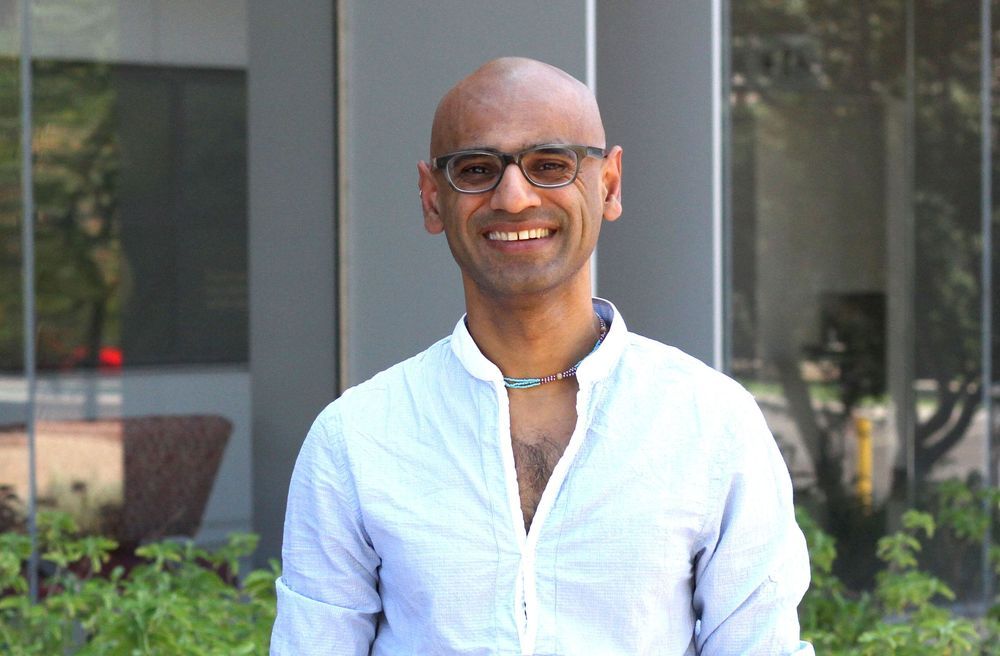
In November of 2019—likely, even earlier—a tiny entity measuring just a few hundred billionths of a meter in diameter began to tear apart human society on a global scale. Within a few months, the relentless voyager known as SARS-CoV-2 had made its way to every populated corner of the earth, leaving scientists and health authorities with too many questions and few answers.
Today, researchers are scrambling to understand where and how the novel coronavirus arose, what features account for the puzzling constellation of symptoms it can cause and how the wildfire of transmission may be brought under control. An important part of this quest will involve efforts to properly classify this emergent human pathogen and to understand how it relates to other viruses we may know more about.
In a consensus statement, Arvind Varsani, a molecular virologist with ASU’s Biodesign Center for Fundamental and Applied Microbiomics and a host of international collaborators propose a new classification system, capable of situating coronaviruses like SARS-CoV-2 within the enormous web of viruses across the planet, known as the virosphere.
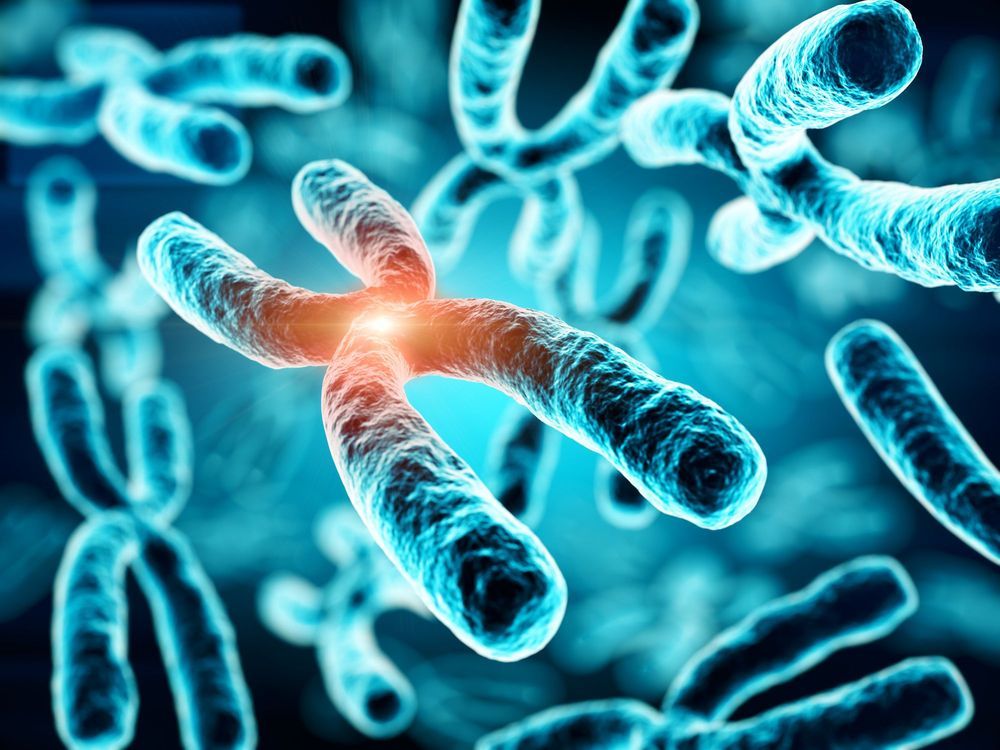
Central to a lot of scientific research into aging are tiny caps on the ends of our chromosomes called telomeres. These protective sequences of DNA grow a little shorter each time a cell divides, but by intervening in this process, researchers hope to one day regulate the process of aging and the ill health effects it can bring. A Harvard team is now offering an exciting pathway forward, discovering a set of small molecules capable of restoring telomere length in mice.
Telomeres can be thought of like the plastic tips on the end of our shoelaces, preventing the fraying of the DNA code of the genome and playing an important part in a healthy aging process. But each time a cell divides, they grow a little shorter. This sequence repeats over and over until the cell can no longer divide and dies.
This process is linked to aging and disease, including a rare genetic disease called dyskeratosis congenita (DC). This is caused by the premature aging of cells and is where the team focused its attention, hoping to offer alternatives to the current treatment that involves high-risk bone marrow transplants and which offers limited benefits.